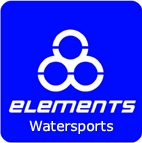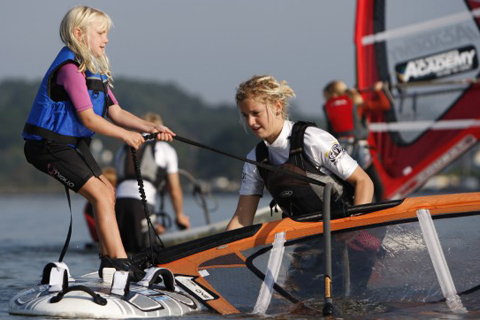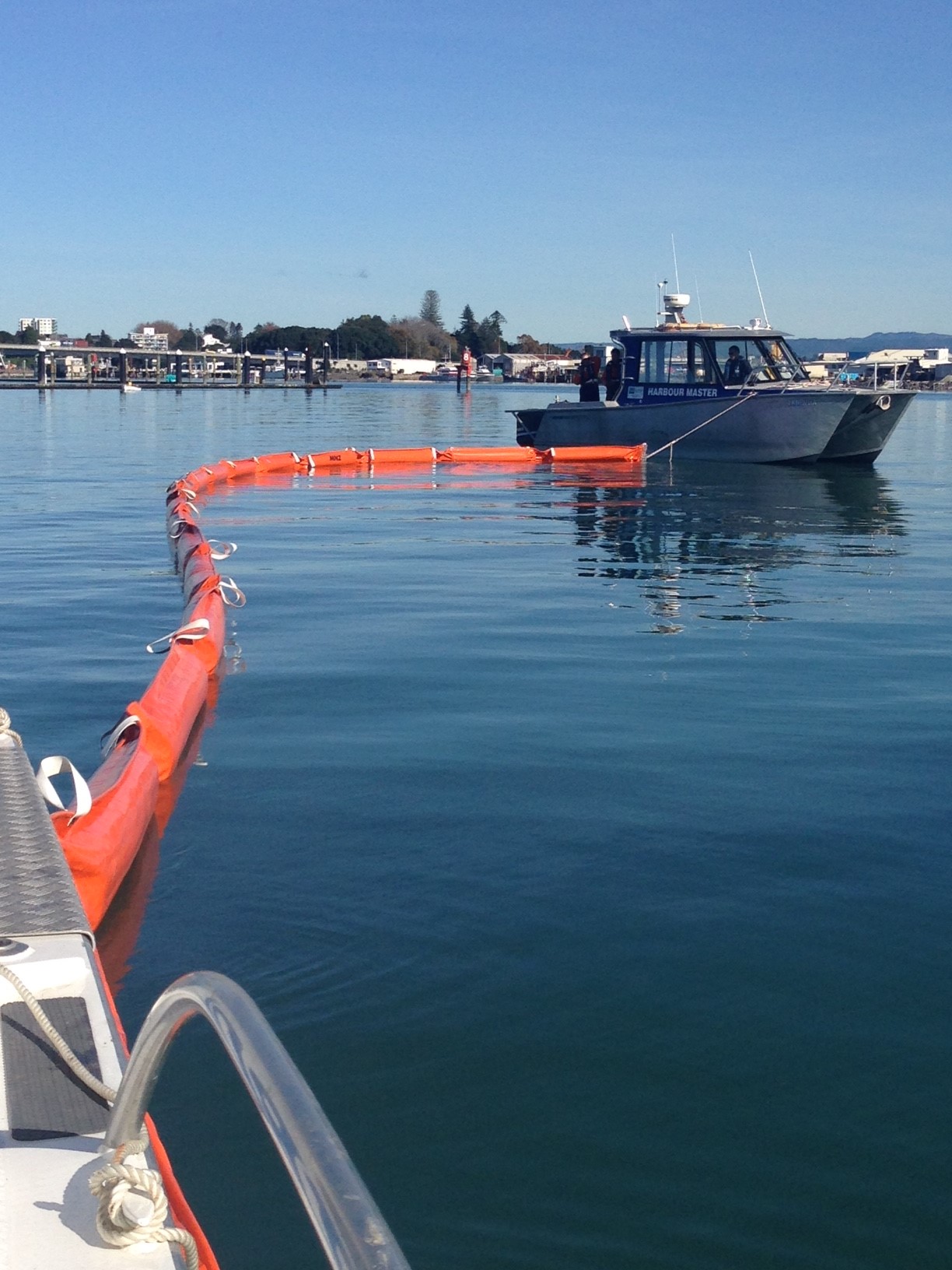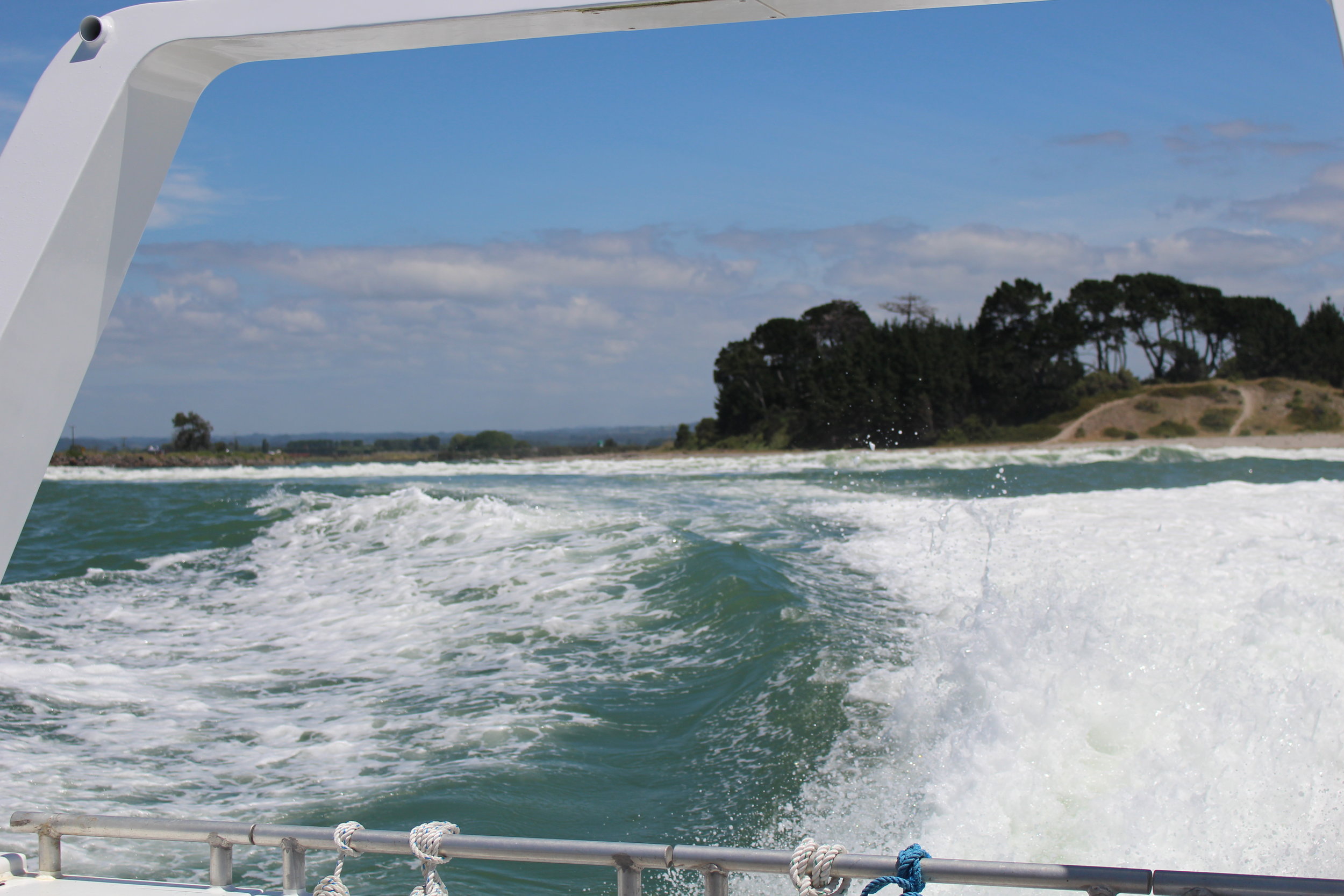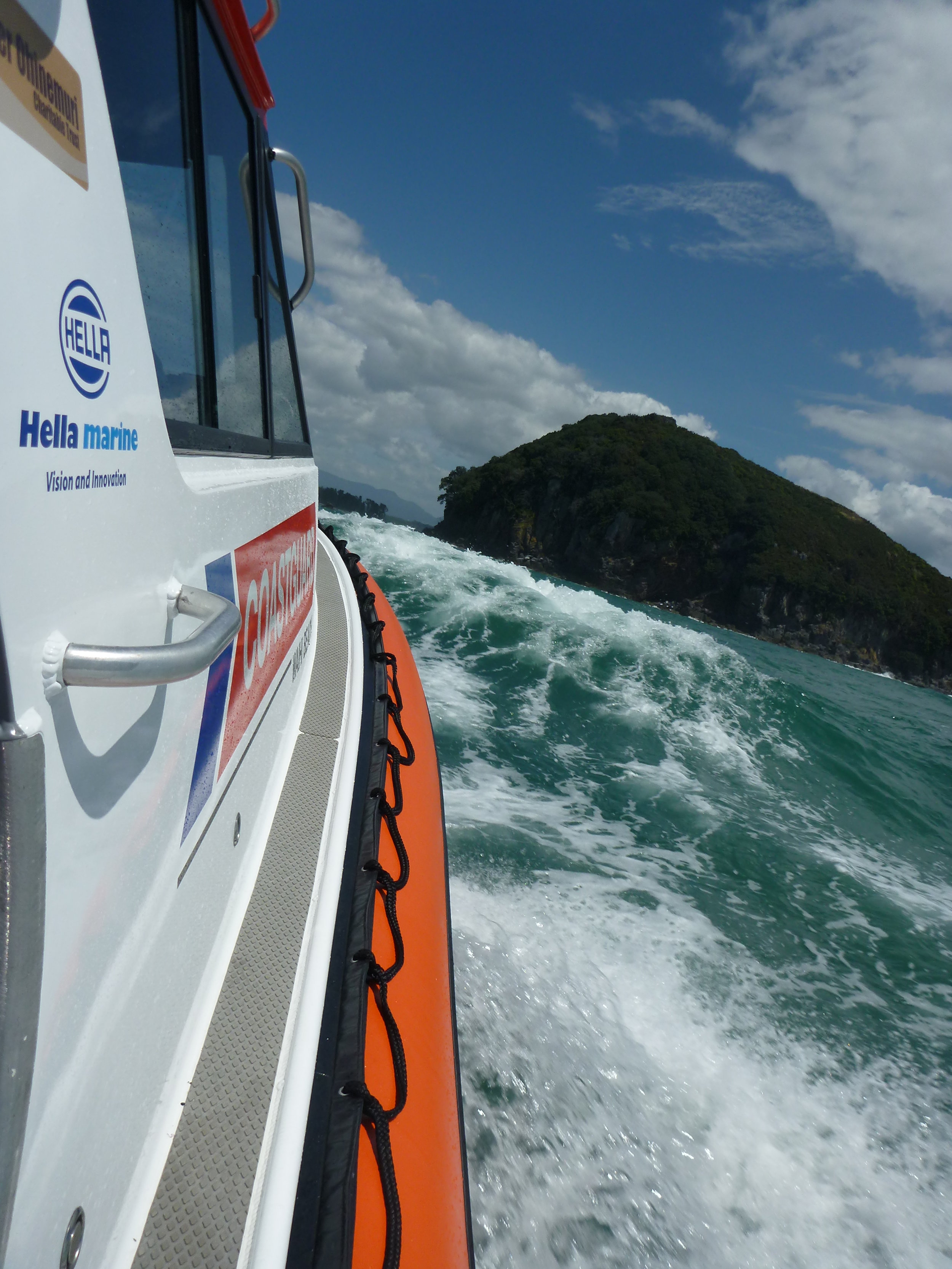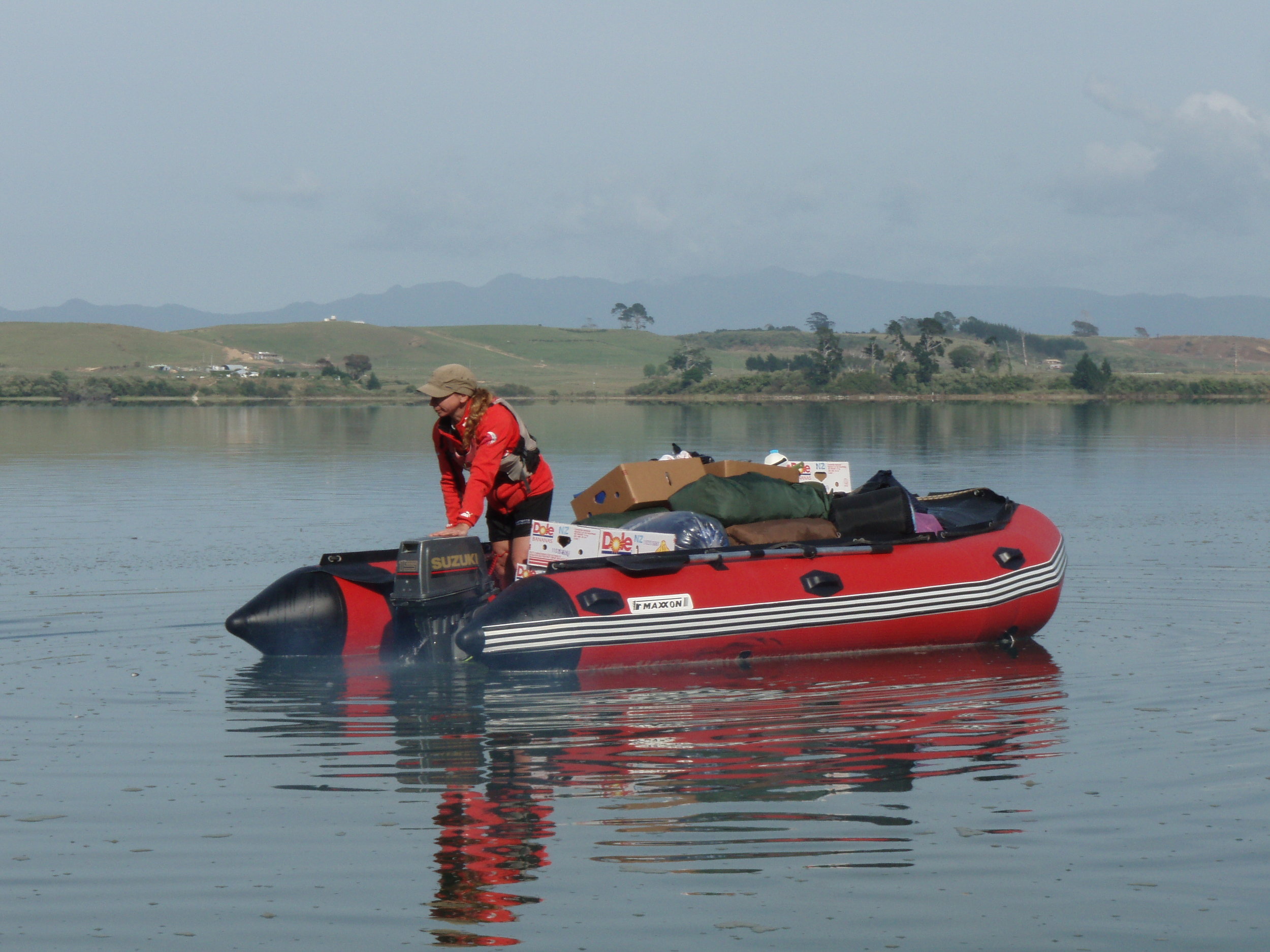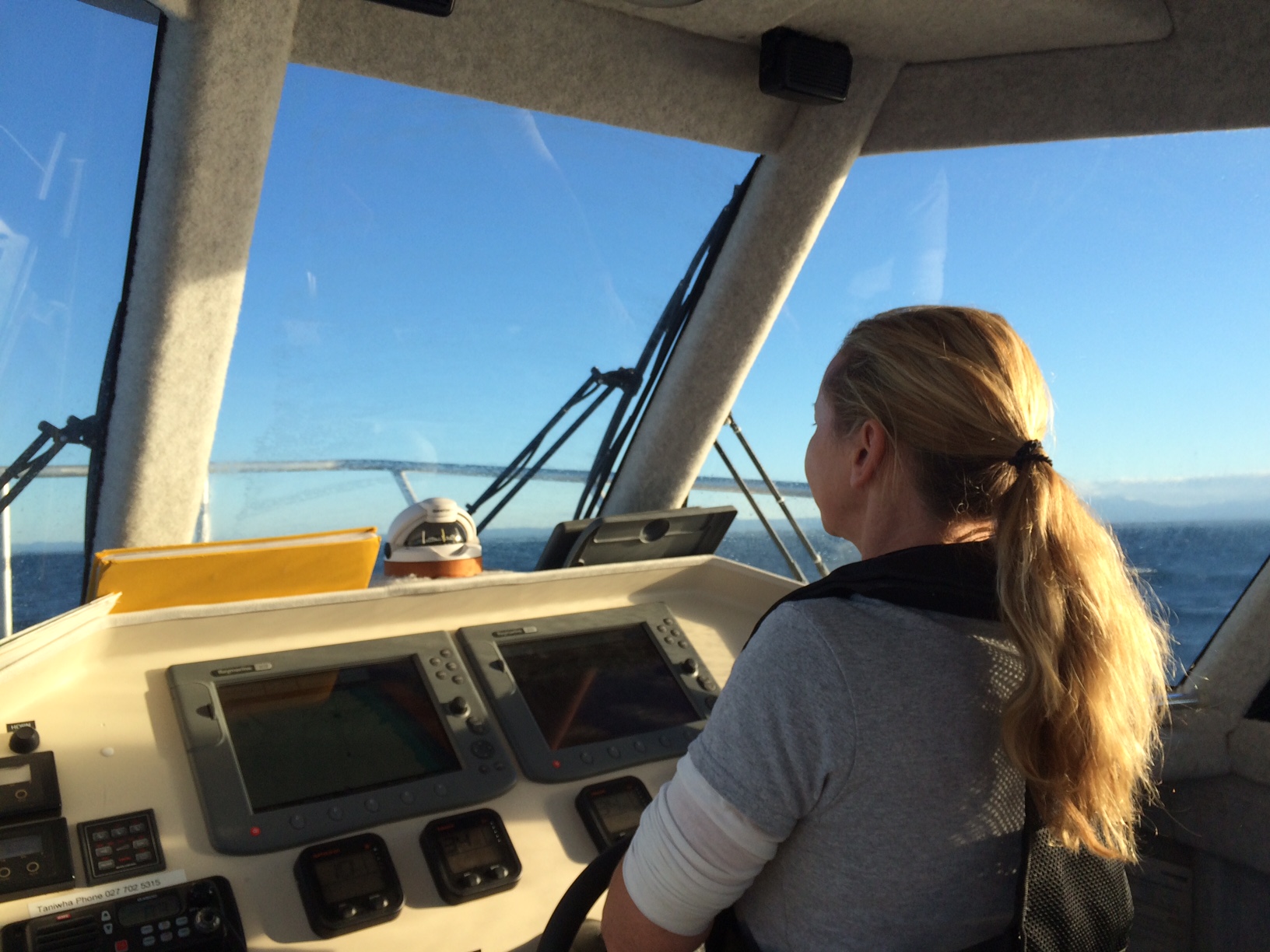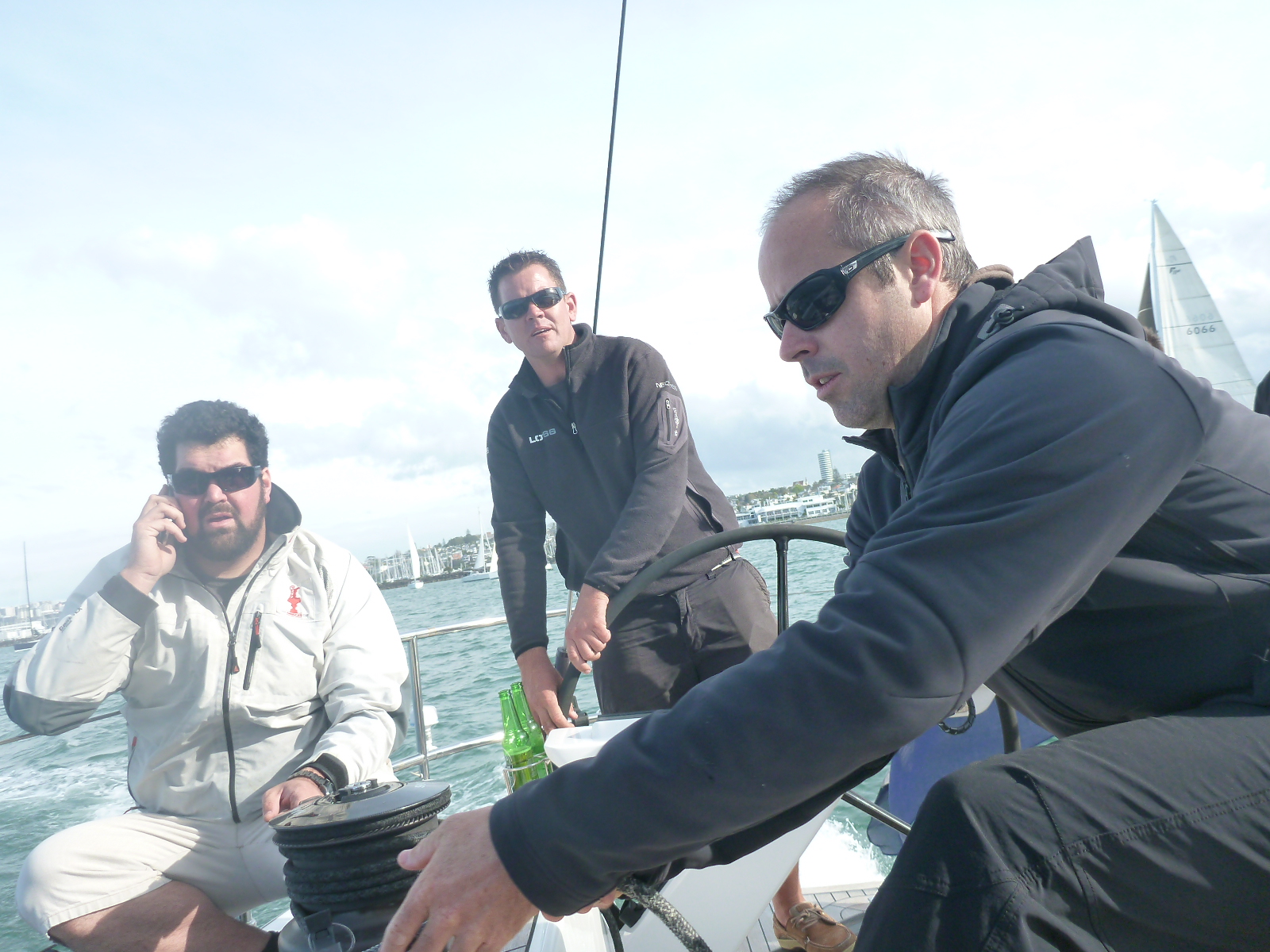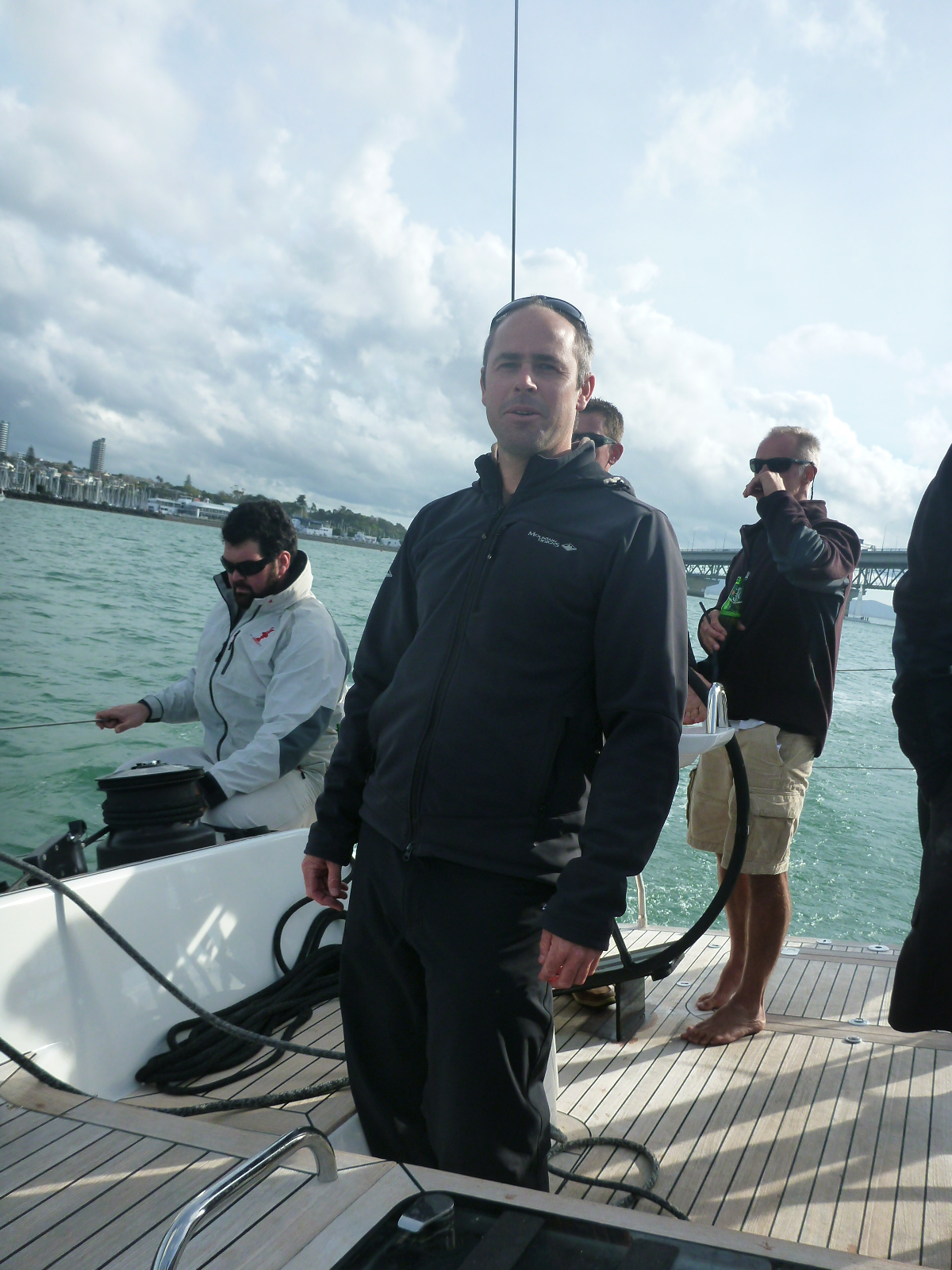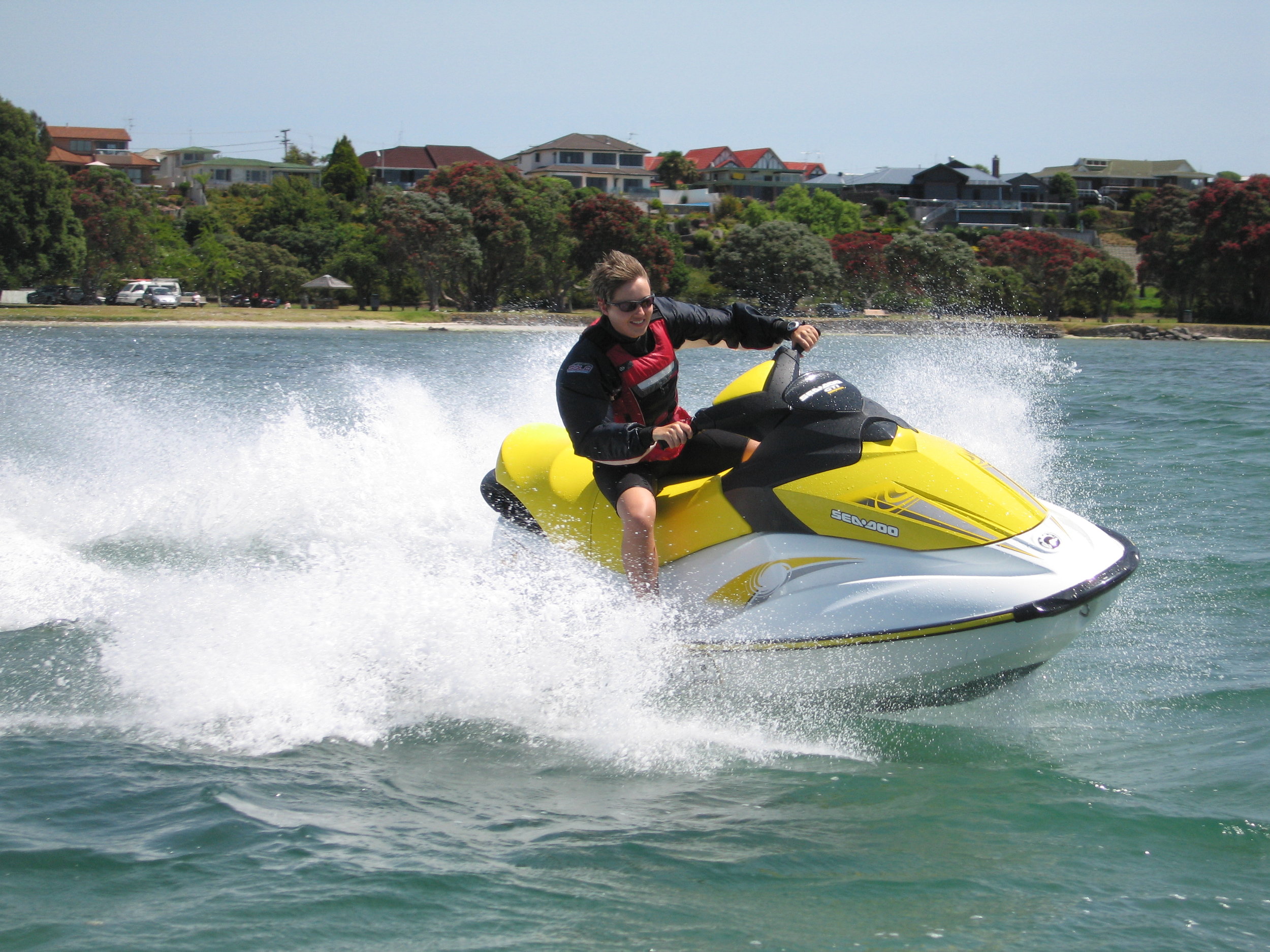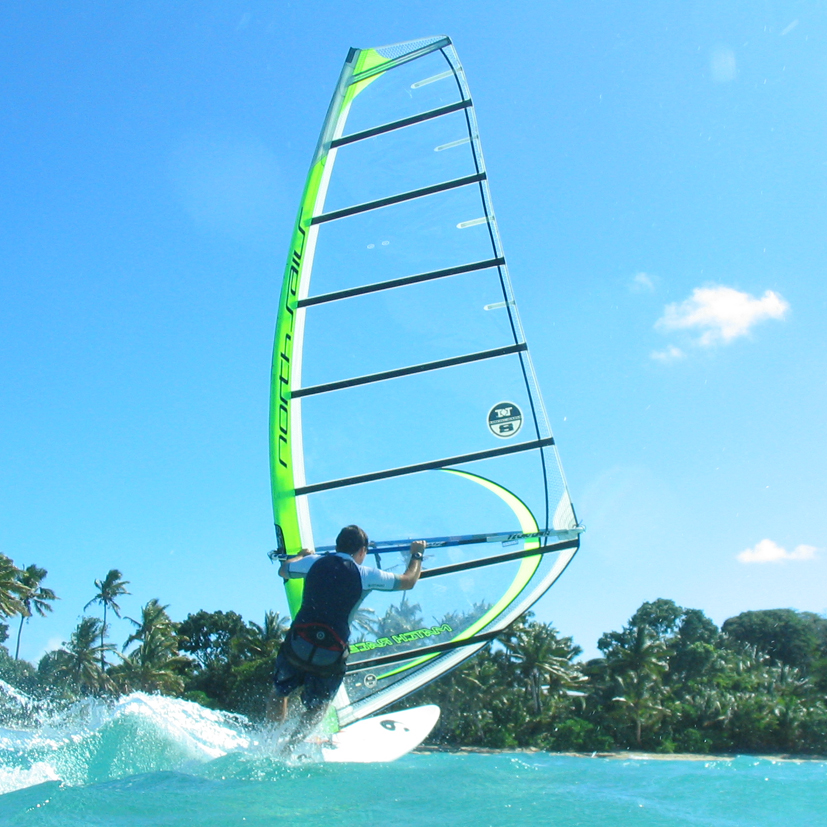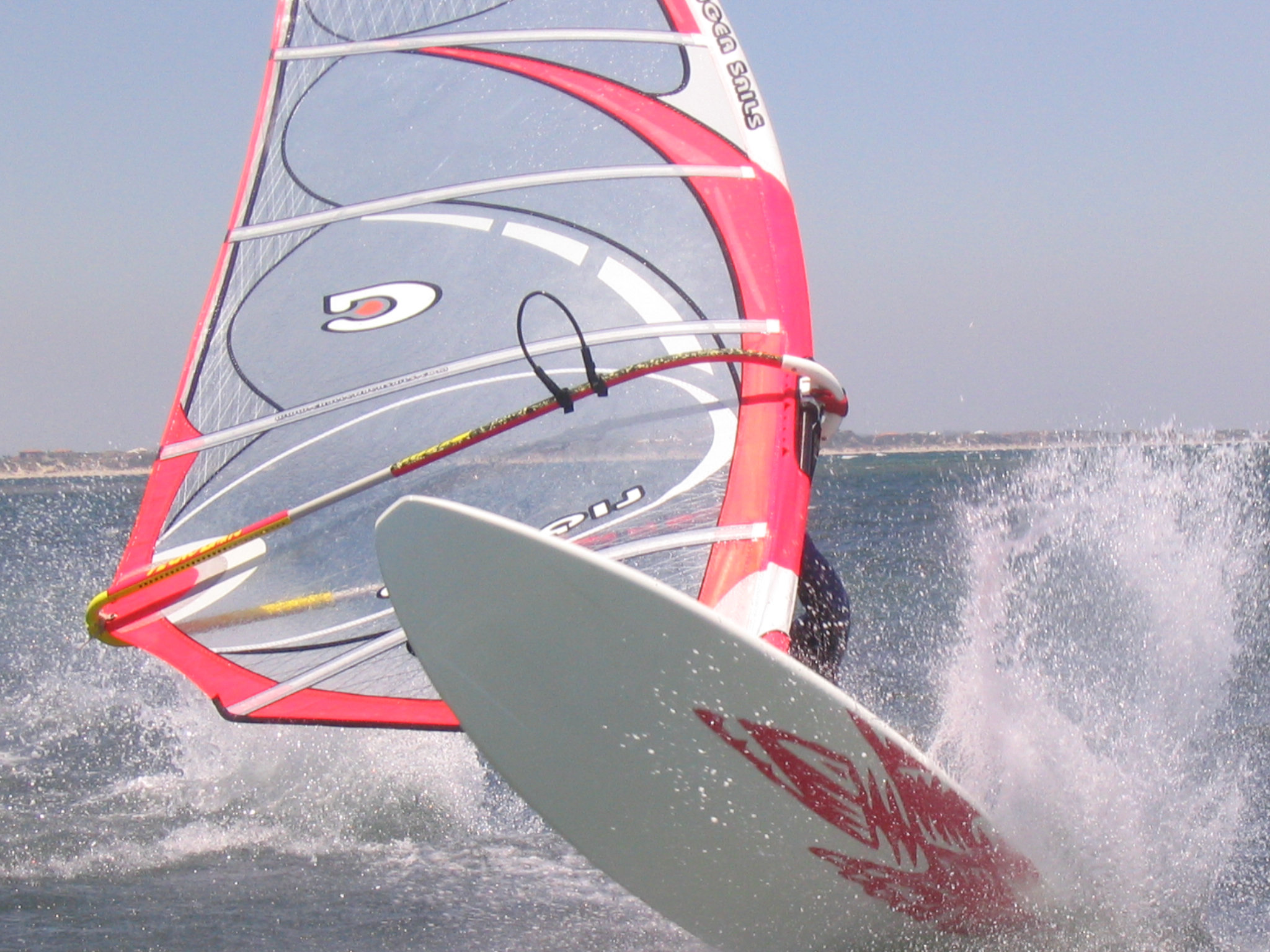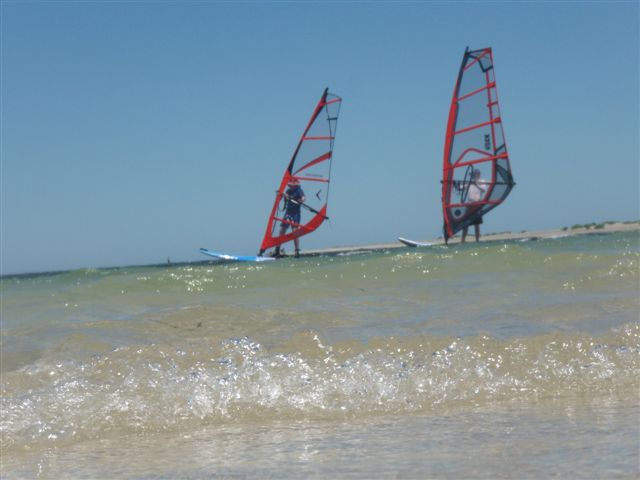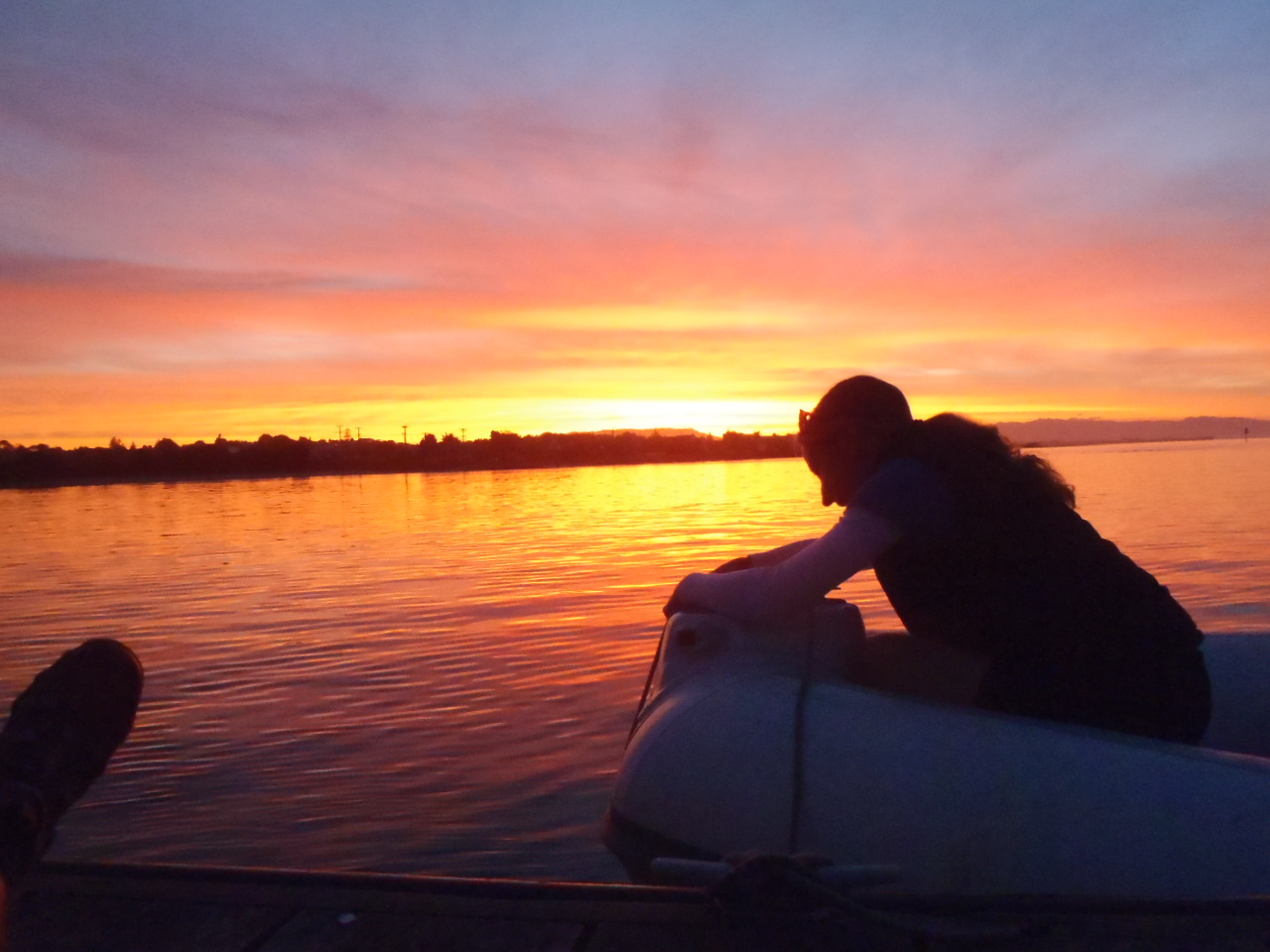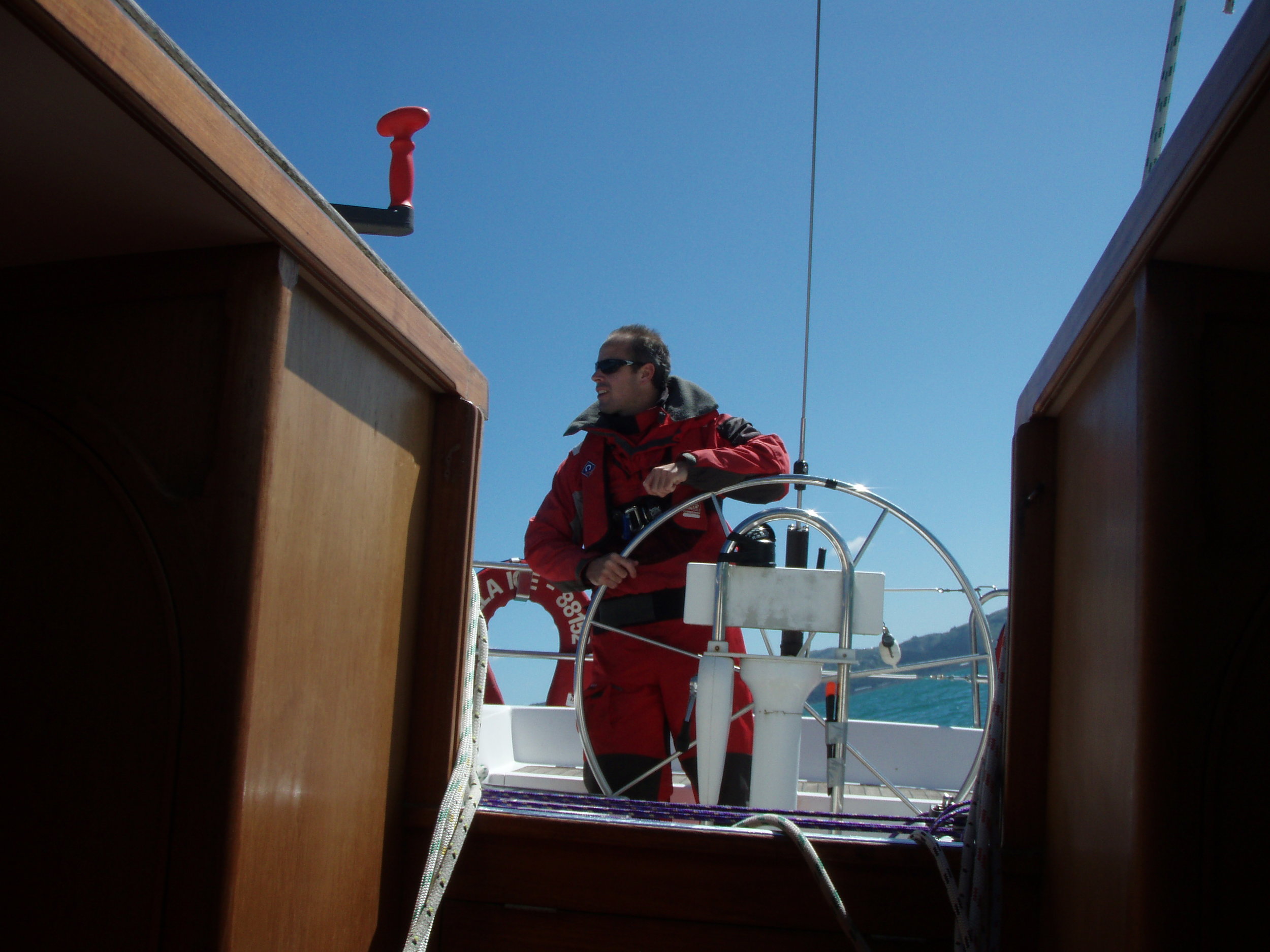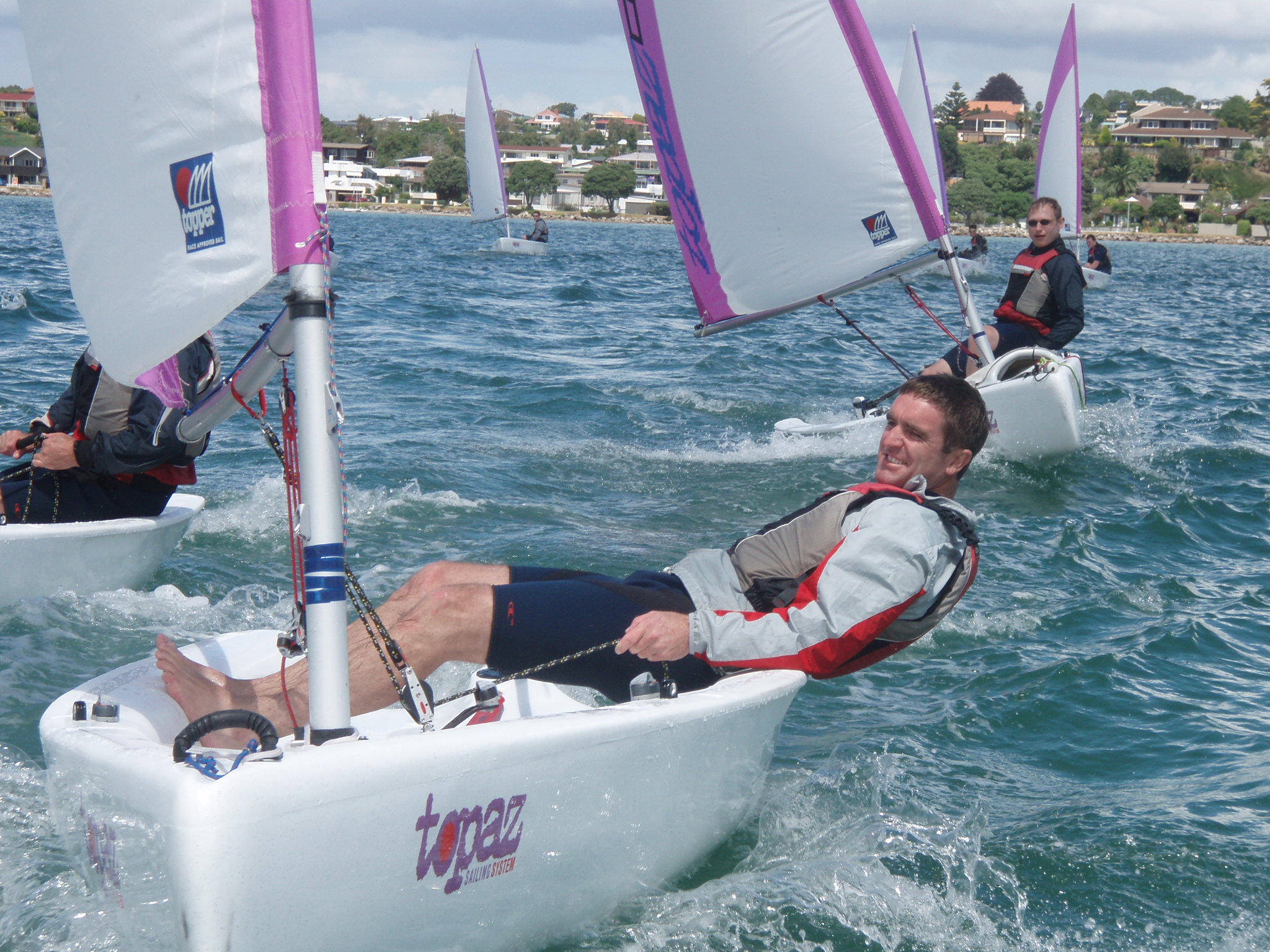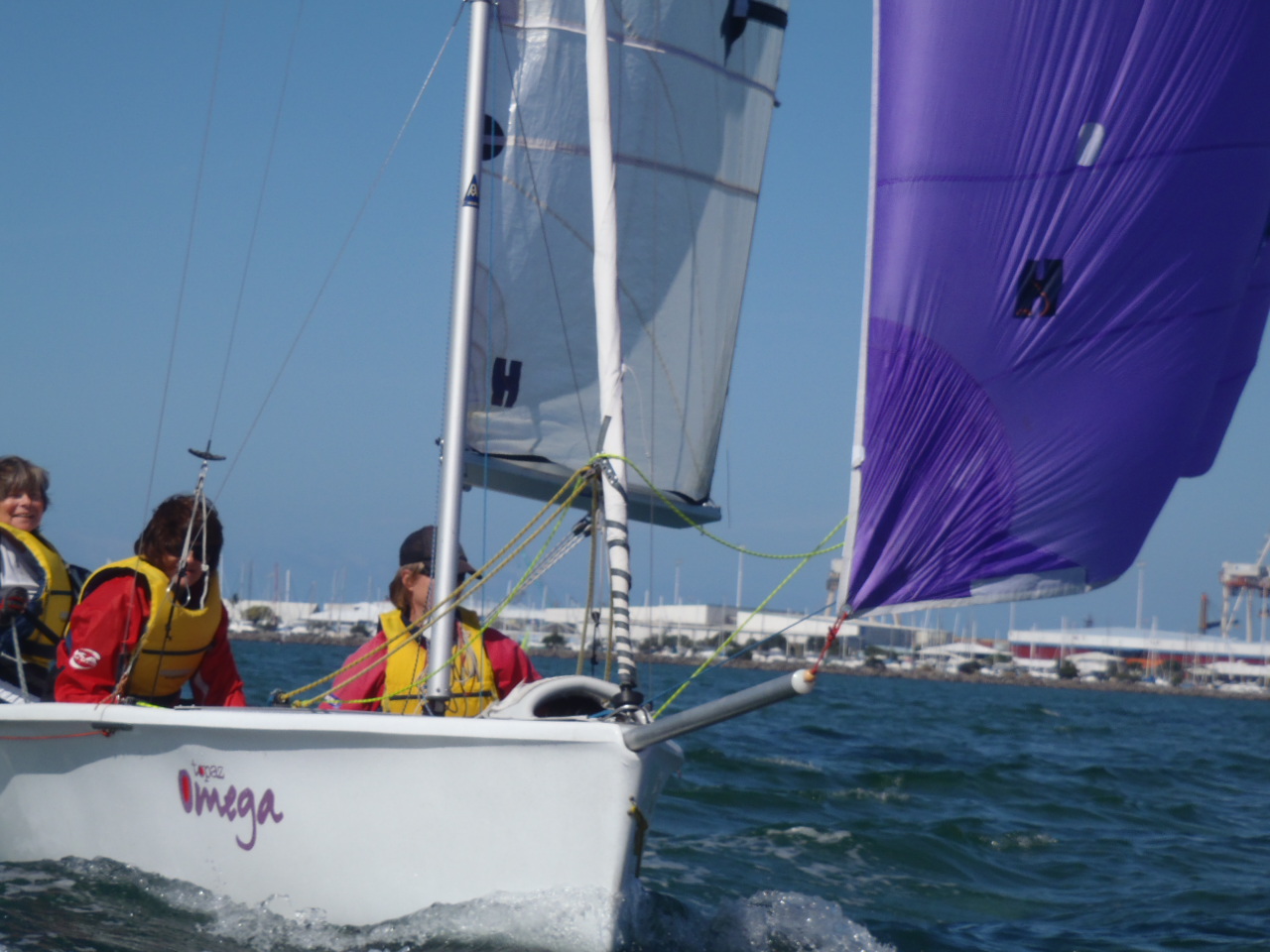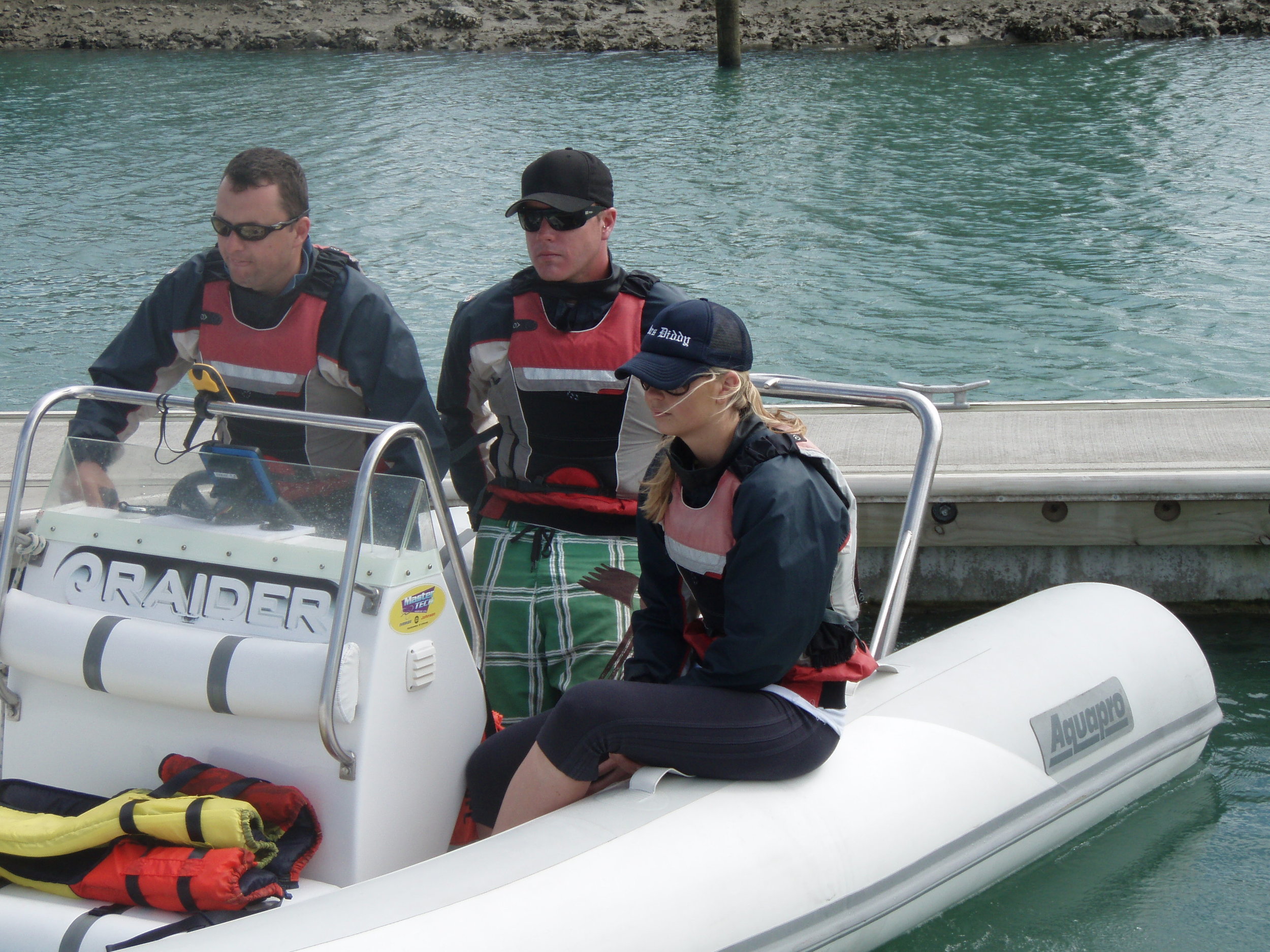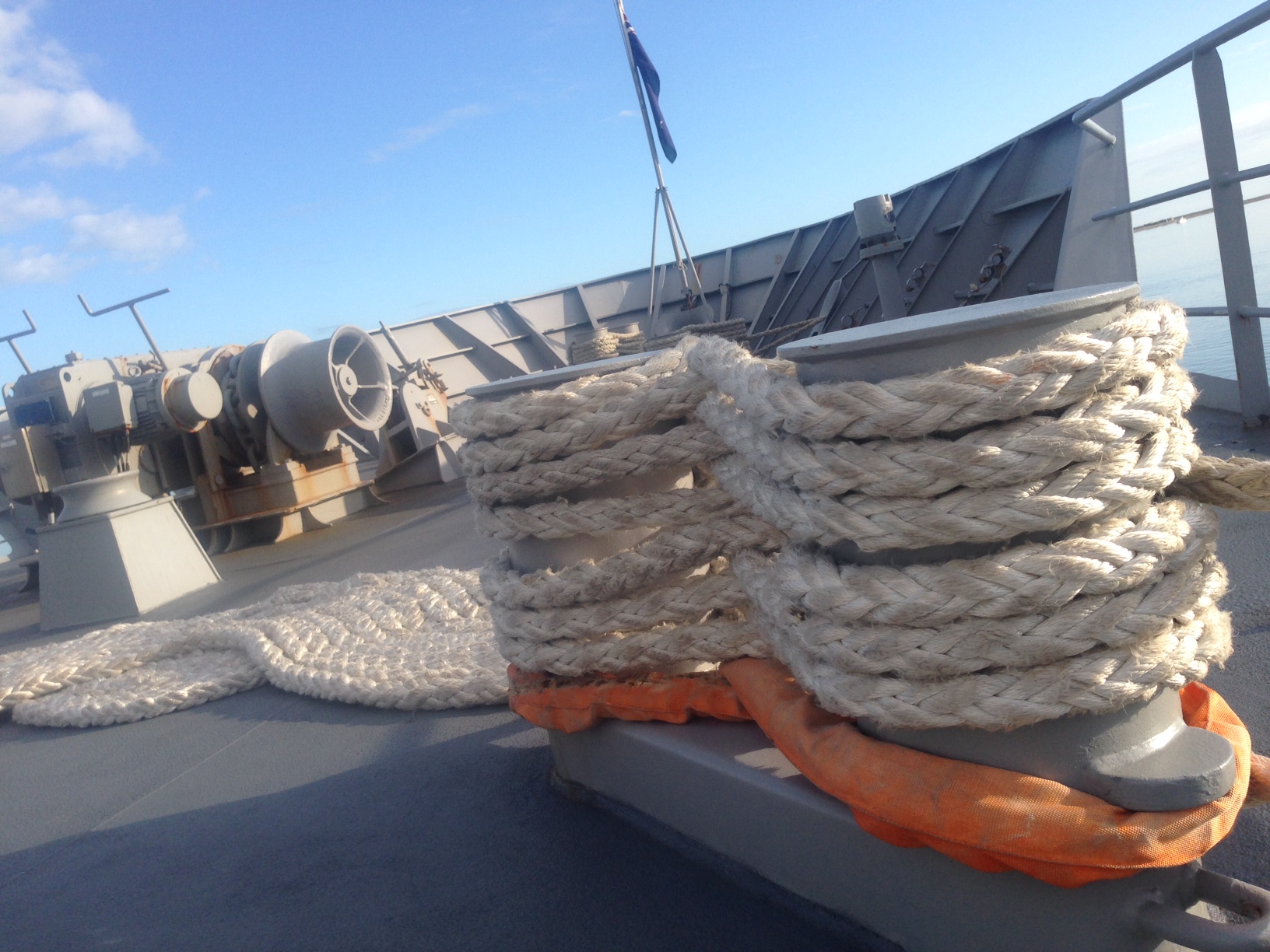A Distressing Situation
Development of Electronic Visual Distress Signals (EVDS).
Some of you may be aware of the development and marketing of hand-held non-pyrotechnic devices or Electronic Visual Distress Signals (EVDS) that are being offered as alternatives to pyrotechnic flares.
Pyrotechnic flares are one of a number of methods specified in COLREG Annex IV that can be used or exhibited either together or separately to indicate distress and need of assistance.
Many boaters now buy EVDS - so called “laser flares” - as an alternative to hand held pyrotechnic flares because of cost, safety and ease of testing and disposal.
But are EVDS substitutes for pyrotechnic flares?
From a practical perspective EVDS produce a light pattern that is different to the intense burn of a conventional flare and there is some concern that this might not be recognised as a distress alert.
The advice therefore is that where carriage is not mandatory, EVDS should not be carried as a substitute for conventional pyrotechnic flares if the intention is to use them as the primary means of signalling distress.
Mindful of this limitation, however, commercial and recreational vessels of any size may carry EVDS in addition to pyrotechnic flares for use as locating devices particularly for the ‘final mile’.
Clearly where carriage is not mandatory, boaters are free to carry pyrotechnic if they wish and accept that disposal might well be an issue.
For those who choose not to, then an alerting device listed in COLREG such as EPIRB (ideally with GPS and a homing device) or VHF DSC set (correctly connected to the GPS) which is suitable for the intended area of operation together with some form of EVDS for location in the final mile may be a suitable combination.
International research
In the meantime, work has begun internationally to research the effectiveness of EVDS. The US Coastguard has commissioned a study which is supported by the MCA.
The aim is to work towards recognition of these devices. To do this, EVDS need to be accepted as fit for purpose by the International Maritime Organisation.
A change to Annex IV of the Collision Regulations will also be required to give EVDS full recognition as distress signals.
Stuart Carruthers, RYA Cruising Manager
